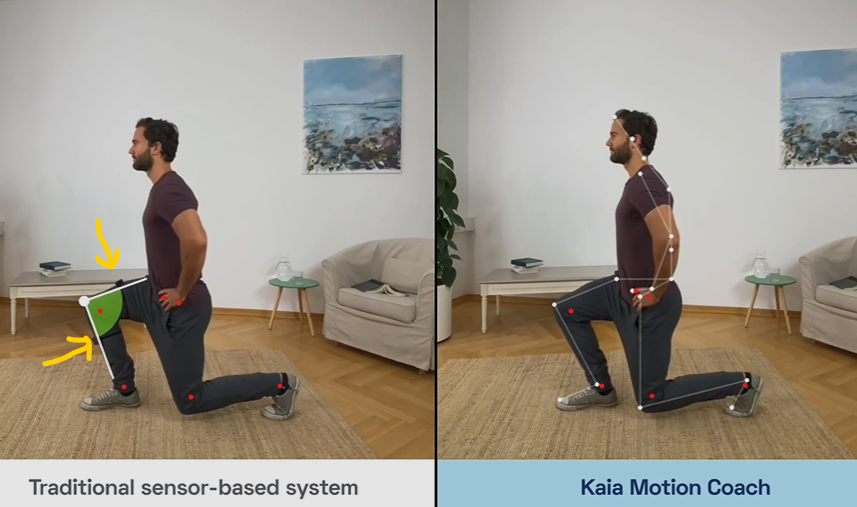Why choose 3D movement scans over 2D scans? An expert opinion, from experience.
Qinematic has been making movement analysis software for health and fitness for more than 10 years now!
We have never manufactured sensors - that is a job for the big boys like Microsoft and Intel. They usually focus on gaming and manufacturing, where the big bucks can be made. Health and fitness is still a niche area for us smaller geek companies that are fascinated by human movement and want to change peoples’ lives for the better.
Back in 2012, we played around with all kinds of wearable and non-wearable sensors in the clinic and gym in Stockholm, Sweden. Our clients thought we were nuts. We tried attaching IMUs and other devices to the body, but it was clunky and time consuming with calibration and affixing things correctly to the body, it was not whole-body, and it seemed to change the way people behaved. We wanted to see the real ‘You’, but in a relatively standardised way. We decided quite quickly that the (Prime Sense) 3D camera was awesome. Our clients agreed - seeing themselves in 3D was mind-blowing, and educational. And therefore very motivating - the key to change in health and fitness!
It took 5 years to thoroughly interview health experts and end-users, design what they needed, and release a desktop software (DaaS) that used an affordable 3D sensor (XBox Kinect ). In 2017, motion capture using this sensor was old news to tech geeks and gamers, but still very new to health and fitness professionals - like ‘Star Trek’ new!
Users testing an MVP with physiotherapists and chiropractors in Holland in 2013. What we learned: the skeletal animation scared off a lot of clients, and the 15-page biomechanics report was overkill.
By 2019, gyms, health centres, insurers and universities all over the world were using our software for prevention, fitness and research. Based on some research we did with EIT Digital over 18 months with some very clever people from three EU countries, we created an online console for clients and providers to meet in the cloud, for asynchronous and online consultations. Although ‘online services’ became quite the norm in 2022, online fitness and rehab were also quite ‘Star Trek’ before the COVID pandemic.
With advances in hardware technology, we added the Kinect Azure sensor integration in 2019, and the Orbbec sensor in 2024 - read our 3D time-of-flight (TOF) sensor tech blog.
During the COVID pandemic (let’s say 2020-2023), most of our bricks and mortar clients offering 3D scan services were closed or running on empty. We had to bring the Moovment scan service to the people, in their homes. Using your phone, wherever you are, is without a doubt more convenient, but it is less accurate (don’t believe otherwise), and unlike many other markerless motion capture products out there, Qinematic is all about accuracy. In late 2021, we added the 2D mobile phone scan through necessity, rather than choice.
Some big health service companies like Kaia Health and Hinge Health have added their own mobile scan services, and it has been a game changer for them. Watch their demo videos and decide for yourself if the tracking is accurate (with all due respect).
Screenshot from the Kaia Health website showing IMU tracking on the left, and the neural network tracking applied to 2D film as used by Kaia on the right. The yellow arrows point to the location of the IMUs, and the intersection of the white lines (bones) is assumed to be the knee joint, and presumably the correct knee angle (in green). The red dots have been added to show a best guess of where the actual joints (and therefore bones) might be located at the ankle, knee and hip. Both systems do an OK job, but they are not accurate.
In 2024, the world is buzzing with talk about artificial intelligence and mixed reality. OpenAI started back in 2015 with $1B of pledged funding, was still very ‘Star Trek’ in 2022, and now it is HOT! Naturally, there are AI actors with their co-pilots popping-up all over - in all industries, including health and fitness. Qinematic will have one as well - we have been collecting ‘clean data’ for years, and we did the machine learning ground-work in 2020. Now that Apple has taken the lead with a commitment to mixed reality with the Vison Pro headsets, and Meta Smart Glasses with Ray Ban for the fashion conscious, consumer self-awareness about the virtues of 3D visual information is about to rise exponentially. 2D will not be good enough in the near-future.
If you want top-quality tracking, with a simple user interface, that scans automatically without personnel, then Moovment Scan using a 3D TOF sensor is the way to go. Don’t settle for animated visualisation - go for the real point cloud image. You never really know about the accuracy of the animation. With ego in mind, clients respond much better to an image of themselves - imagine showing an animation of an unborn child instead of the real thing - not very popular, right?
Not quite an ultrasound of baby, but a magnificant video of a soon-to-be mother using a harmless infrared light 3D TOF sensor. This pregnant lady was experiencing back pain and poor range of motion, and provided a remote consultation in the comfort of her home.
If you want convenience at the cost of accuracy, and you don’t want the awesomeness of a 3D digital twin, then AI tracking using a 2D image from a phone is better than eyeballing. You get a recording that beats the memory of any fitness instructor, and you get unbiased estimates of human movement that are quite good from the frontal view - and less biased than that fitness instructor, for sure. In that case, Moovment.Pro is a good choice, with the same standardised protocol as Moovment Scan, so you can compare both 3D video (taken onsite) and 2D video (taken at home) in the online Portal. You get both quality Assessment for decision support, and you get Home Monitoring for progress reporting.
Glenn Bilby
Founding CEO, Qinematic AB
Human Movement Scientist, Physiotherapists, MBA



